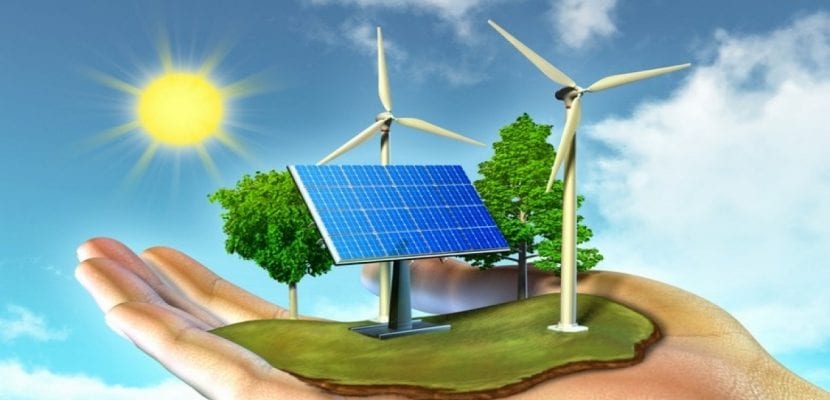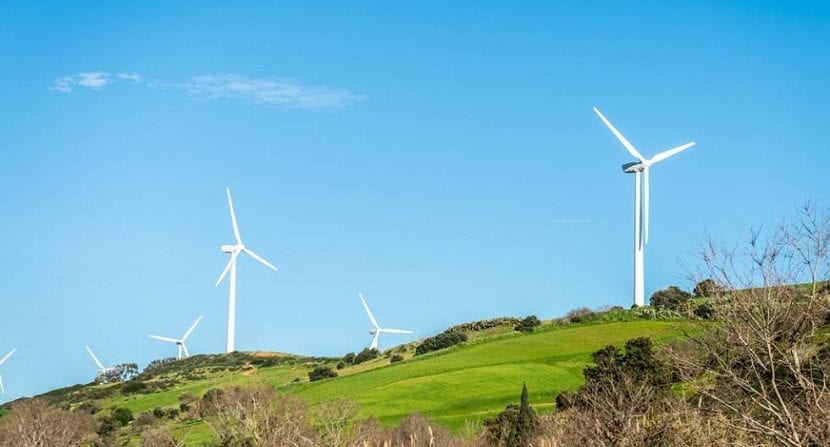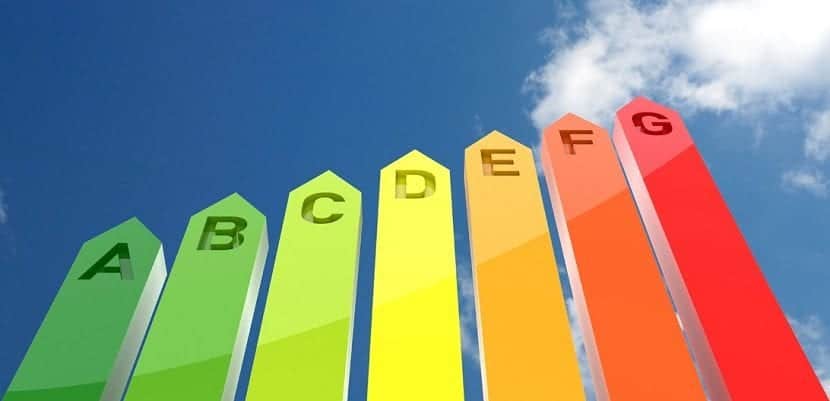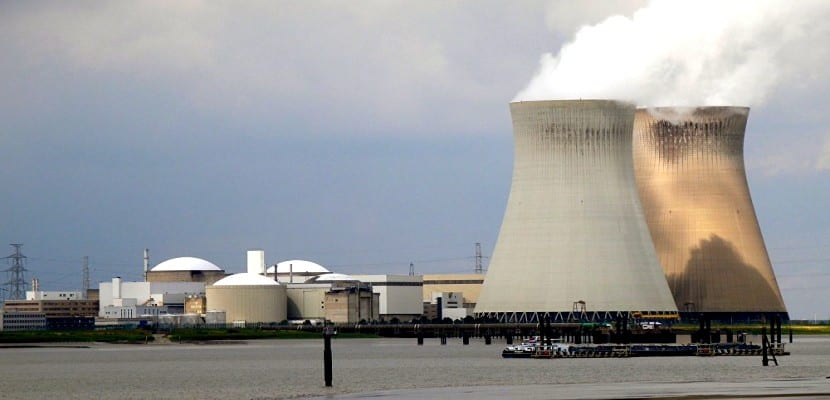
Greenpeace maintains that a world with clean energy and accessible to all is possible and viable, which is why it has dedicated itself to dismantling some of the most famous myths, which are often used to combat the use of renewable energy and justify the consumption of fossil fuels
Next we will see what these myths are:
Myth 1 - renewable energy they are expensive
In recent years the costs of wind and solar energy have decreased substantially. Today, technologies renewable are the most economical solution in a growing number of countries and regions.
But there is more: energy wind and solar They do not require inputs, nor do they have high maintenance costs, in addition, quality solar panels can last more than 25 years, and a wind turbine produced by GAMESA or VESTAS more than 20 years.

Myth 2 - It is still developing and they are not enough
The technology of renewable energy is ready to go so reliable in countries around the worldIn fact, by 2050, almost all of the world's energy needs could be met with renewable energy.

Myth 3 - They cannot supply the electricity required
Renewable energy can meet all our energy needs in a safe, sustainable and reliable way, an example of this is Germany, the largest economy in Europe, which already gets almost 40% of its electricity from renewable energy.

Myth 4 - Electric grids are not ready
An electrical network, that is, the system that connects power plants to consumers, can handle large proportions of variable renewable energy if it is designed to do soAll it takes is gradual transformation of the energy system to accommodate modern energy production and consumption.

Myth 5 - They are bad for the environment
A common argument against wind farms is that they kill birds and bats. However, by conducting environmental impact assessments and taking into account migratory and local patterns of bird populations prior to construction, this is completely avoided. Land used for renewable energy projects, such as wind farms, can be used for farming and livestock. International experience has shown that livestock are not affected by the presence of wind farms.

Myth 6 - Greenpeace wants to end coal and nuclear power NOW
The energy model proposed by Greenpeace is based on a transition gradual at renewable energy, a project that has been developed for more than 30 countries and regions to reduce our dependence on coal, oil, gas and nuclear energy over time.

Greenpeace
Greenpeace is an environmental NGO founded in 1971 in Vancouver, Canada.
The objective of the NGO is to protect and defend the environment, intervening in different parts of the planet when attacks against Nature are committed. Greenpeace carries out campaigns to stop climate change, protect biodiversity, healthy eating so as not to use transgenics, reduce pollution, end the use of nuclear energy and weapons, and protect forests and natural landscapes, especially the Arctic territory.
With national and regional offices in 44 countries, the organization derives its income from the individual contributions of its 3 million members, figure as of March 1, 2013, worldwide.
The largest wind turbine in the world

Vestas has presented the update of the largest wind turbine in the world. I have no adjectives to describe how huge this turbine is. The V164, a 220 meter windmill with 38-ton, 80-meter long blades, has just focused all the attention of those interested in renewables in Denmark.
The previous turbine was capable of delivering a power of 8 MW, and thanks to the updates it is now capable of reaching up to 9 MW output under specific conditions. In its first test, the V164 was capable of generating 216.000 kWh in just 24 hours.
Not only is it the absolute record for wind power generation by a single wind turbine, but it is the clearest demonstration that ocean winds are going to play a key role in the energy transition that is already underway.
Enough to power a home for 66 years
According to Torben Hvid larsen, Vestas CTO:
"Our prototype has set another generation record, with 216.000 kWh produced in a 24-hour period. We are confident that this 9 MW wind turbine has proven to be market ready, and we believe it will play a key role in lowering offshore wind energy prices. "
Usually talking about kilowatts is a bit difficult and abstract. But according to official bodies, the average electricity consumption of a Spanish home is 3.250 kWh per year. A quantity slightly higher than the average annual consumption of urban dwellings in the main cities of South America. Taking this into account, a day of production could supply electricity to an average home for over 66 years.
With a size greater than the Torres Kio in Madrid and similar to the Torre Mayor in Mexico, the circumference that they cross is larger than the metal wheel of the London Eye in London. This turbine is the evolution of the V164-8.0 MW, a wind turbine that already broke records in 2014 and It can power 16.000 British households.